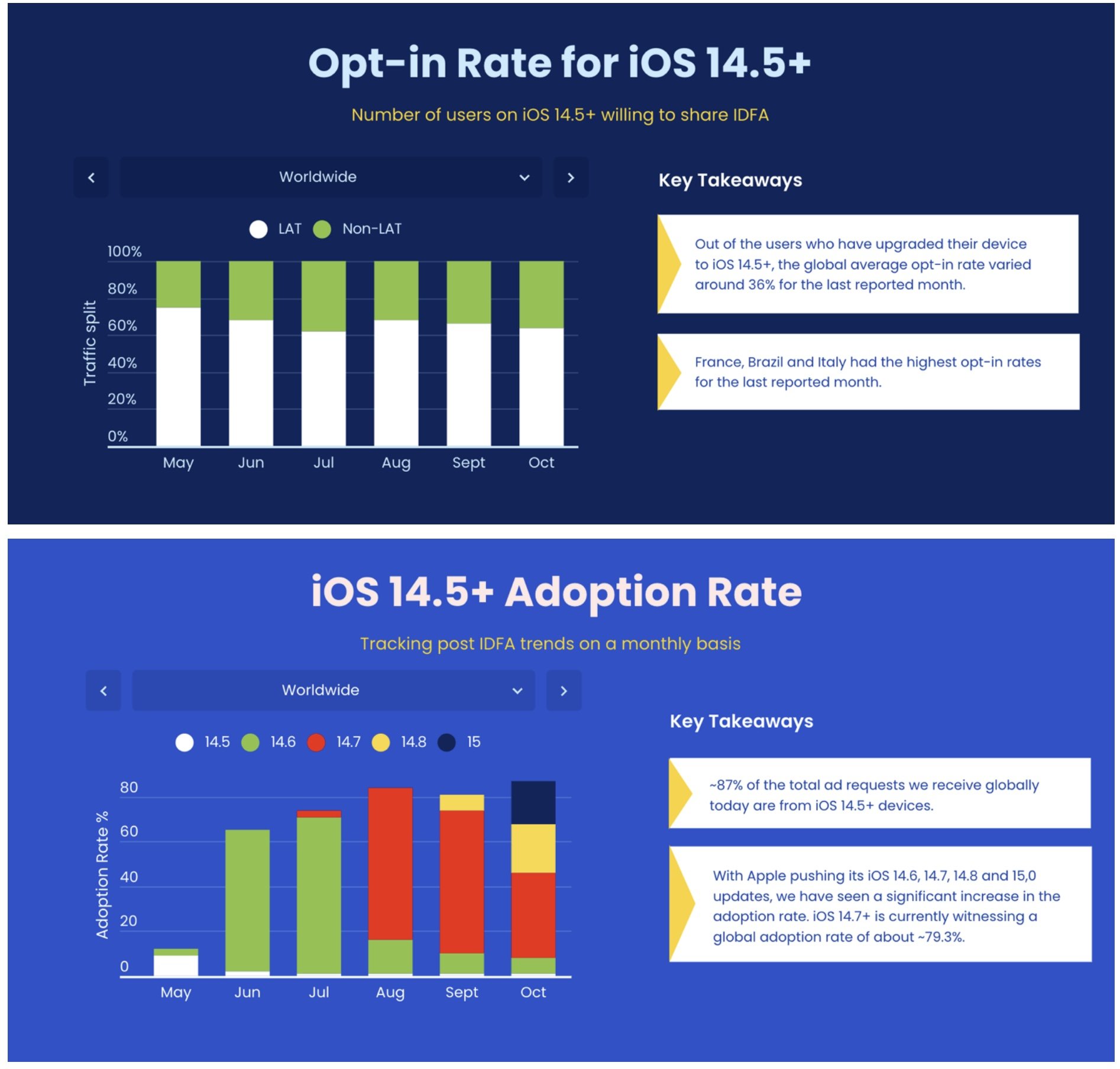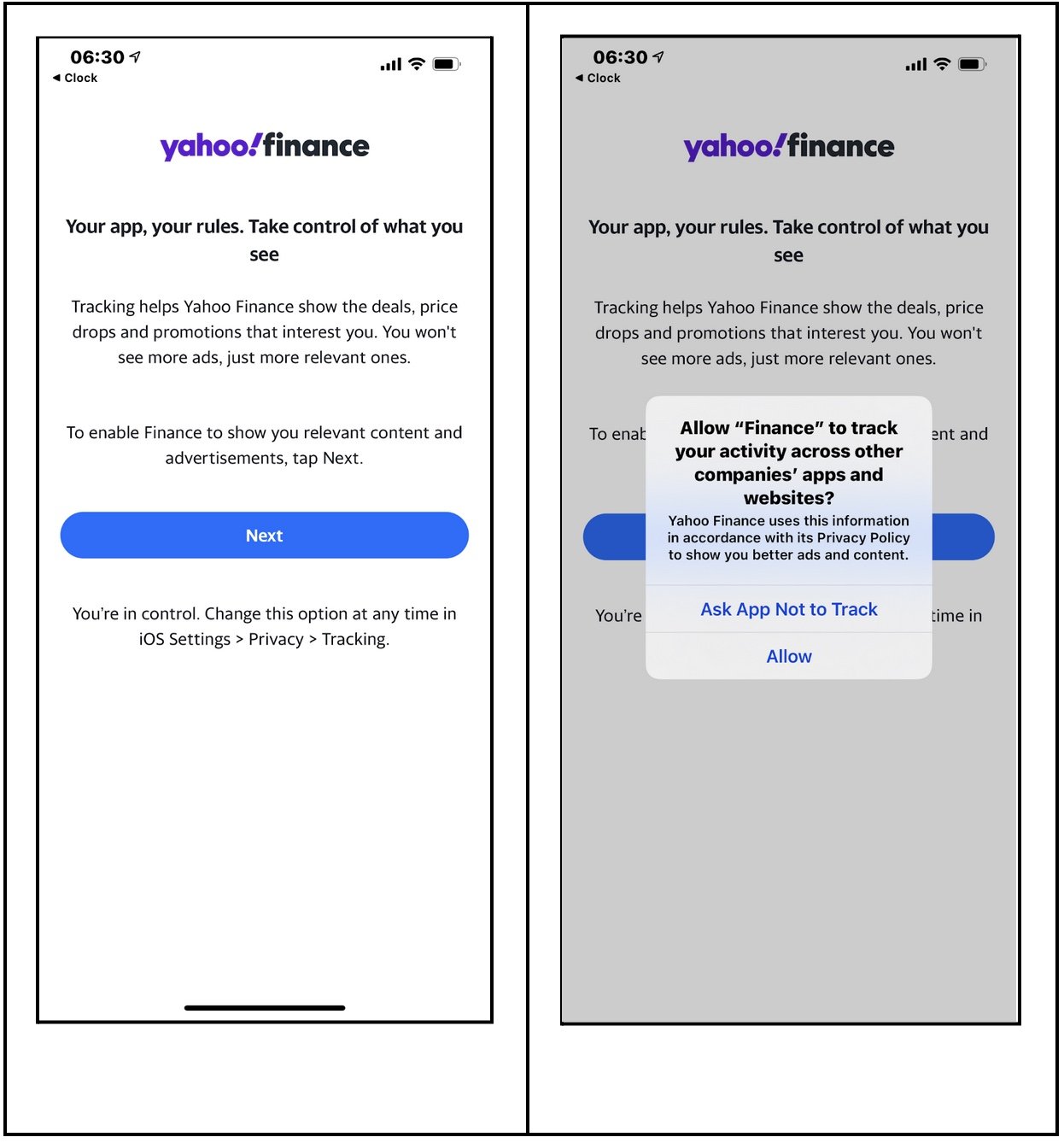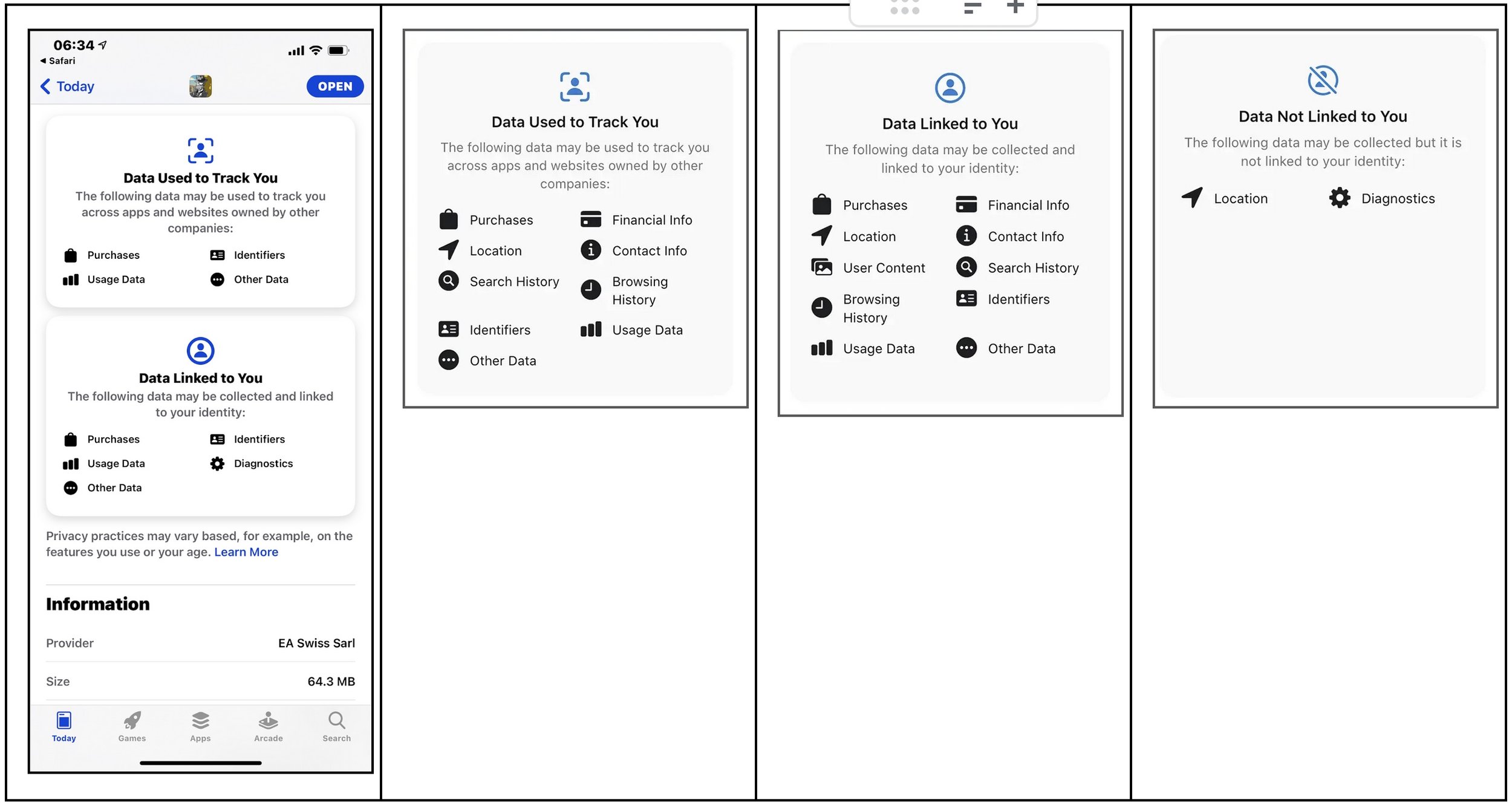
White Paper | Authors: Alvin Liong ilmuOne Data,Darshan Radia Dentsu International, Samantha Pearlson The Trade Desk, Tina Pang Twitter, Vasuta Agarwal InMobi, Hemant Menon Dentsu International
Executive Summary
Identity in the world of digital advertising is the ability to identify a unique user online, allowing advertisers to reach those users for marketing of their products and services. It forms the basis for all digital advertising activity from user targeting to ROI measurement of media spends.
However, there have been and continue to be multiple changes in the ecosystem.
With Apple’s App Tracking Transparency framework and Google’s planned deprecation of third party cookies, the world of identity is fast-changing.
In this article, we will talk about some of these changes and their impact on consumers, advertisers and other players in the ecosystem. Later in the article, we also cover aspects around what advertisers can do to deal with some of these changes; for example, building consent management platforms for getting opt-in user data, working with universal ID solutions etc.
Finally we share an assessment of impact stemming from the loss of identifiers across the ecosystem, from consumers and advertisers, to publishers and platforms, and what each stakeholder can do to better prepare themselves for the new user-first privacy-compliant world that we are stepping into.
Latest developments in Mobile privacy space
With the iO5 14.5 update in April 2021, there are multiple user privacy related changes that have been rolled out. These will have a big impact in the way advertisers think of their mobile marketing campaigns in the Apple ecosystem when it comes to aspects like targeting , measurement, efficiency management etc. On the consumer side, it gives full control back to the user when it comes to sharing their personal data with each app through an opt-in/ opt-out mechanism.
IDFA changes & impact
Apple enforced its App Tracking Transparency (ATT) framework in April 2021 with the release of iOS 14.5 and subsequent versions, after suffering a similar delay to Google’s 3rd party cookie update, with initial launch planned for the June 2020 release.
So, what does this mean for the iOS advertising ecosystem?
This means app publishers now need to get users’ permission before tracking their data across other apps or websites. With these changes, IDFAs will be available to advertisers for marketing purposes only for users who explicitly opt in. This means that no fingerprinting of individual users will be allowed on Apple iOS devices unless the user explicitly agrees by opting in to the auto prompt that all apps will have to display starting with iOS 14.5.
With this, what we expect is that the proportion of users opting into user tracking will be lower than earlier and, consequently, advertisers will likely have a much smaller pool of addressable users on Apple devices. According to the InMobi IDFA Resource Center, as of Aug 2021, we see a global opt-in percentage of 37% for IDFA usage. And, with only two-thirds of the iPhone users having upgraded to iOS 14.6, this is expected to improve further.

WHAT WAS IDFA USED FOR?
-
First, identity and targeting. Advertisers recognize users in the ecosystem and target or retarget them in pursuit of their advertising goals.
-
Secondly, efficiency and value management. IDFA is used to power efficiency-driving technology such as frequency capping, ad rotation, dynamic creative optimization and pricing/prediction.
-
The third and last is measurement and attribution. IDFA has been the most critical component of the iOS measurement chain, powering multi-touch attribution, last-click attribution, last-view attribution, etc, and is the basis on which all mobile media is measured.
THE IMPACT OF THE IDFA-RELATED CHANGES FOR ADVERTISERS
-
Identity and targeting – the lack of an IDFA removes the ability to build user profiles. Audience targeting and retargeting is expected to be restricted to less than 20% of the iOS user pool, according to Post-IDFA release by Gamesbeat in May 2021.
-
Efficiency and value management – demand-side platforms and exchanges face challenges enforcing frequency caps on user impressions to optimize campaigns efficiently. Typical campaigns are expected to move from using IDFA-based optimization to an in-session or non-persistent ID-based frequency capping to prevent wastage of impressions on the same user.
-
Measurement and attribution – performance-focused advertisers will be unable to use Mobile Measurement Partners for attribution (except for opt-in users) and will instead have to use Apple’s SKAdNetwork (SKAN). Third-party measurement and attribution (multi-touch attribution, cross-device tracking, view-through attribution) will only be possible for opt-in users since they all use IDFAs. With iOS 14.6, more updates have come in on the attribution front with install-validation postbacks to multiple ad networks (up to 5) that sign their ads using version 3.0. There is also a new feature – Private Click Measurement for privacy-preserving measurement of ad clicks across websites and from iOS apps to websites in iOS and iPadOS 14.5 betas.
How advertisers can build their mobile marketing strategy post-IDFA:
-
Advertisers focused on brand awareness should focus more on KPI-led campaigns or utilize AI-powered contextual targeting, instead of user-level targeting. KPI-Based Advertising: Since KPIs such as Video Completion Rates (VCR), Click-Through Rates (CTR), viewability, etc, are not impacted by IDFA, advertisers can opt in to deals based on KPIs like VCR, CTR; and viewability.
-
Contextual Targeting: Advertisers can request curated inventory packages that only pass on ad requests matching their user profile based on supply parameters like app, app category, network, operating system, device hardware version, and the like.
WHAT DO PERFORMANCE-FOCUSED ADVERTISERS NEED TO DO?
-
The only way for performance advertisers to measure and attribute installs is with Apple’s SKAdNetwork (SKAN) framework for their Limit Ad Tracking or non-consented traffic. Because SKAN is a framework that’s relatively new to the entire ecosystem, advertisers could expect tech fixes and upgrades along the way as the ecosystem sees broader SKAN adoption.
-
In the absence of IDFA, post-install activity will be impacted. Hence, advertisers should expect to pay higher prices for consented traffic and rely more on upstream metrics like CTR and VCR.
Consumer Flow – App Tracking Transparency
The App Tracking Transparency feature allows Apple iOS 14+ users to have more control over how their personal data is tracked and collected by app developers.
WHY ARE YOU SEEING THESE PROMPTS?
Apps display a pop-up notification and this prompt will ask users to give or deny access to their device identifier. During this stage, users will need to make a decision if they allow or deny access to data the app wants to collect, and how and what they want to do with it.

Image Source: attprompts
WHAT DOES IT MEAN FOR THE USER?
In short, App Tracking Transparency (ATT) allows the user to control which apps can track their activity across apps and websites. Users are now given the option to enable or disable this feature.
WHAT HAPPENS WHEN YOU ASK APP NOT TO TRACK?
If you choose ‘Ask App Not to Track’, the app developer can’t access your IDFA, and the app is not allowed to track your activity or share any information about you with a third party.
WHAT HAPPENS WHEN YOU ALLOW AN APP TO TRACK YOU?
When you click on ‘Allow’ it allows the app to track your activity, and you have given your approval/permission for app developers to share information about you to an advertising profile that can track you across apps and also across the web.

WHAT’S BEING TRACKED?
Apple have categorised this into 3 groups to help us understand what data is being collected by an app and how your personal data will be used.
-
Data Used to Track You – this is what will be shared across different apps and companies.
-
Data Linked to You – the data that is collected by the app and company but not shared.
-
Data Not Linked to You – data that will be collected is generally used for analytics.


